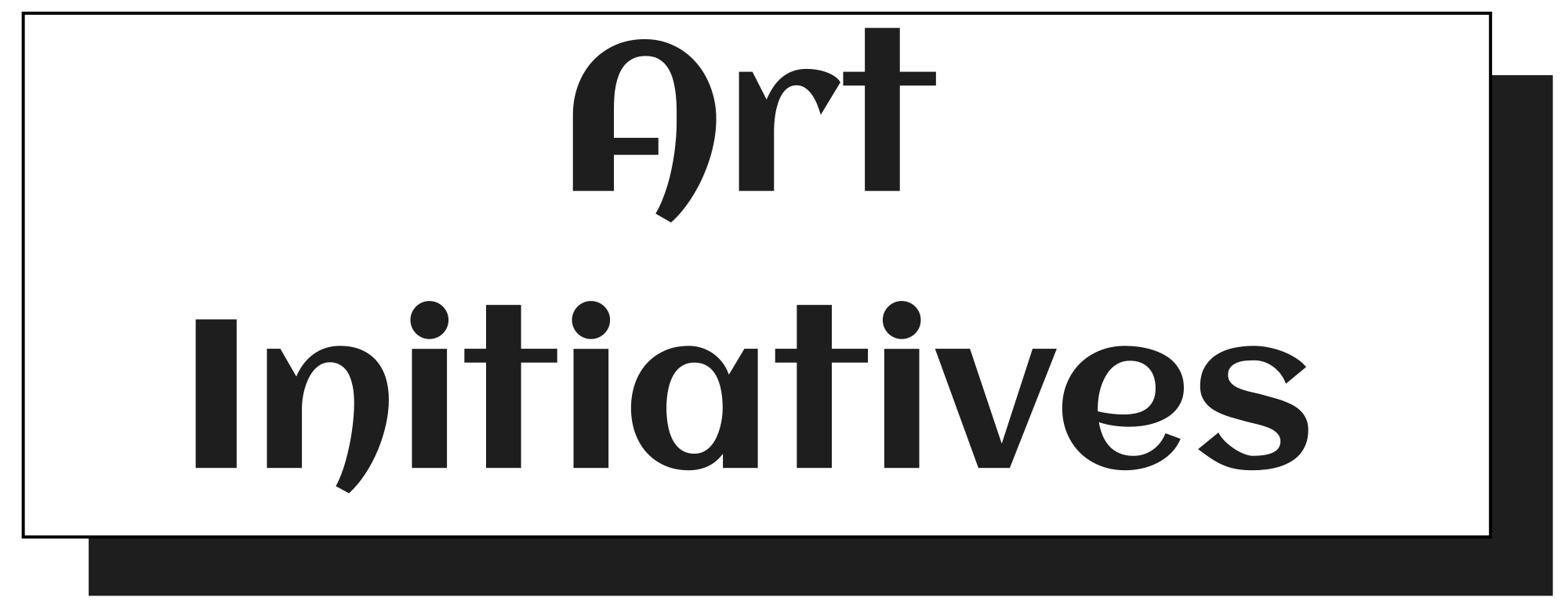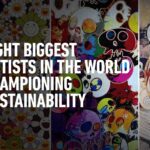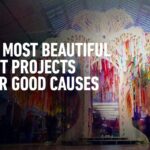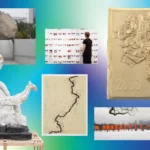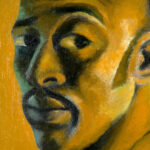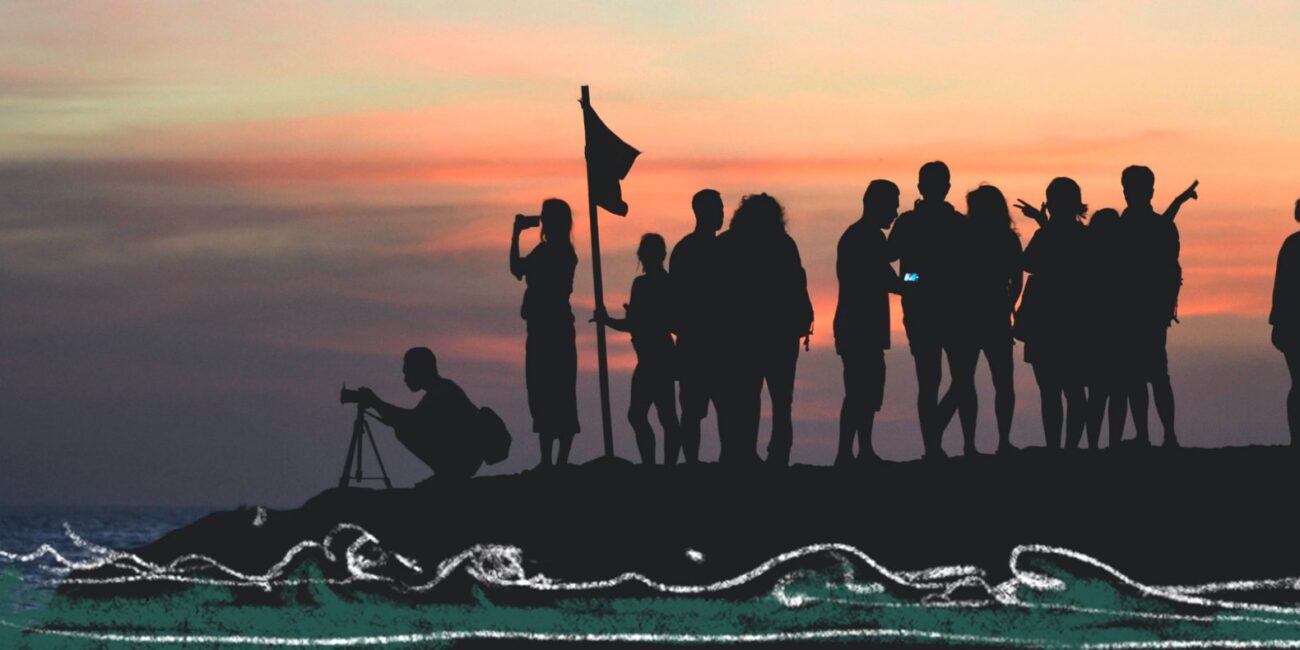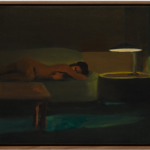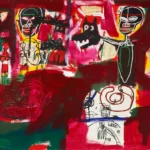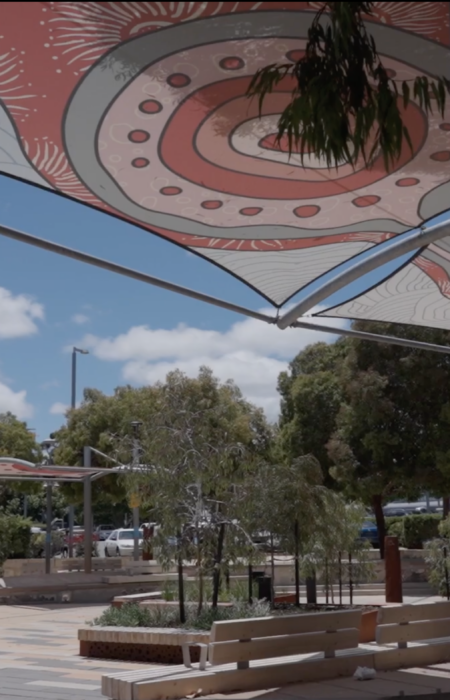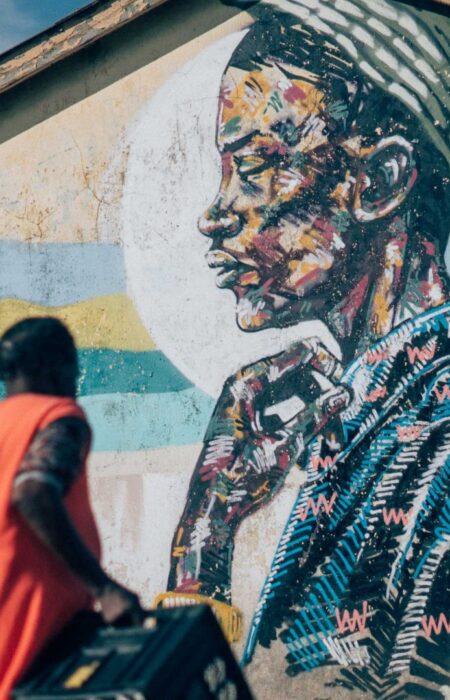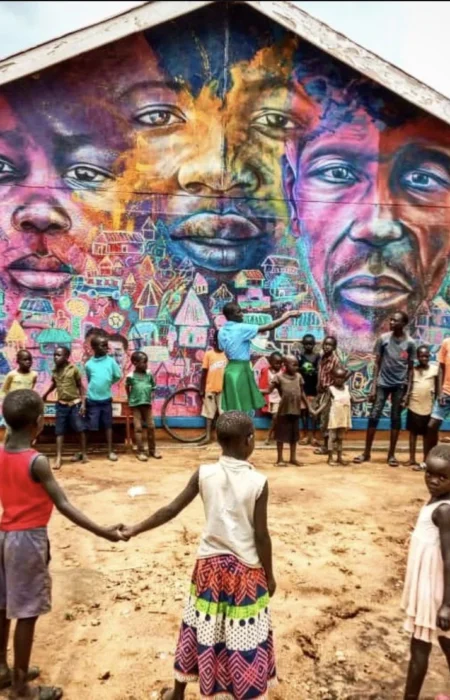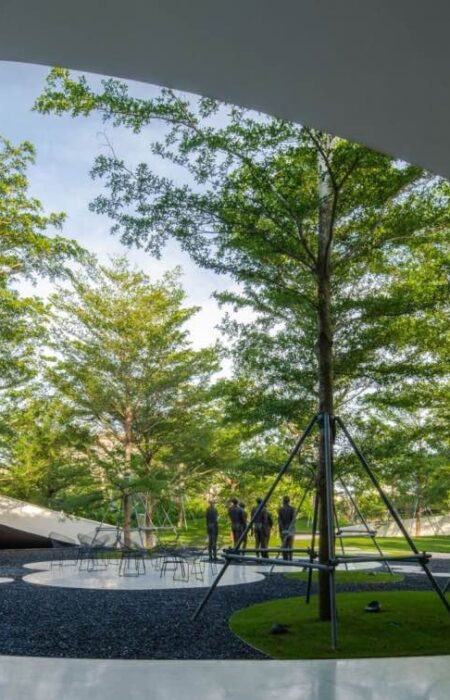Artists and organizations that incorporate art into their work are essential in addressing global challenges such as inequality, social injustice, and the climate crisis. More optimistically, artists and arts-driven movements are recognized leaders in advancing global goals, including gender justice, climate action, good governance, decolonization, education, and more.
The arts provide a unique way to engage with social issues, offering new perspectives, fostering critical thinking, and even serving as a gateway to understanding these issues. Art helps raise social awareness, encourages the exchange of fresh ideas and skills, strengthens our connection to place and community, aids in the effective dissemination of information, and simplifies complex concepts, making them more understandable.
In honor of International Development Week, we are showcasing 10 artists and art-based initiatives that demonstrate the immense power of art in creating a more inclusive, just, equitable, and sustainable world.
Lisa Thompson, Project Director & Country Representative in Guyana, Justice Education Society
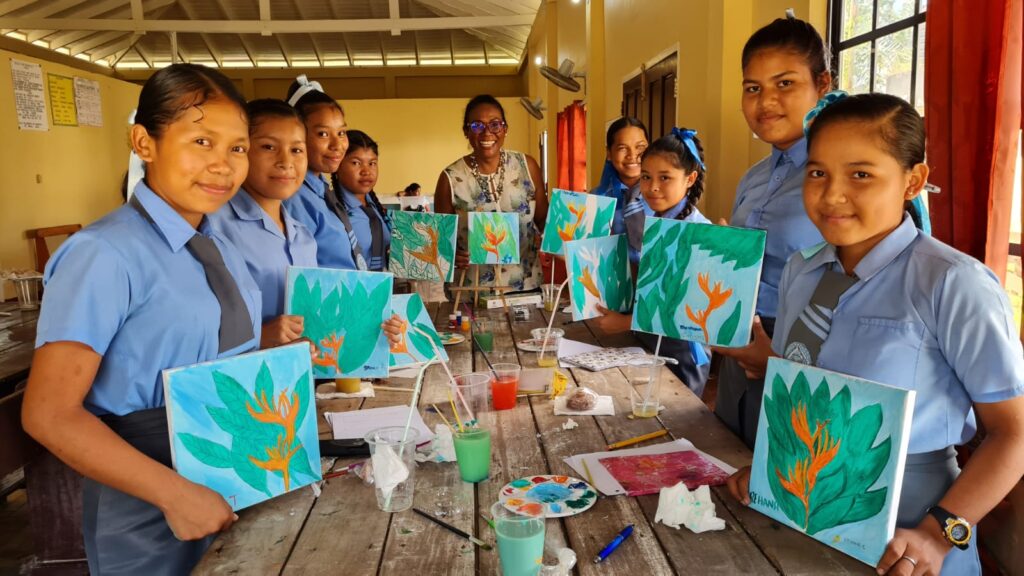
Lisa Thompson is a largely self-taught artist who has been using her artistic talents to raise awareness about sexual and gender-based violence in Guyana’s Barima/Waini region (Region One), especially within Amerindian communities, with a particular focus on girls and women. As the Project Director and Country Representative for the JES Guyana project, “Strengthening Justice for Women, Girls, and Indigenous Peoples in Guyana” (2022-2026), Lisa and her team have employed painting and tie-dyeing techniques to engage the Baramita and Santa Rosa communities in important discussions about sexual and gender-based violence. These conversations center around how communities can work together to address and reduce instances of violence.
In many remote communities, access to artistic expression is limited. However, art has proven to be an effective tool in engaging women and youth, offering them a way to express their thoughts and emotions in a relaxed, open environment that fosters meaningful discussions.
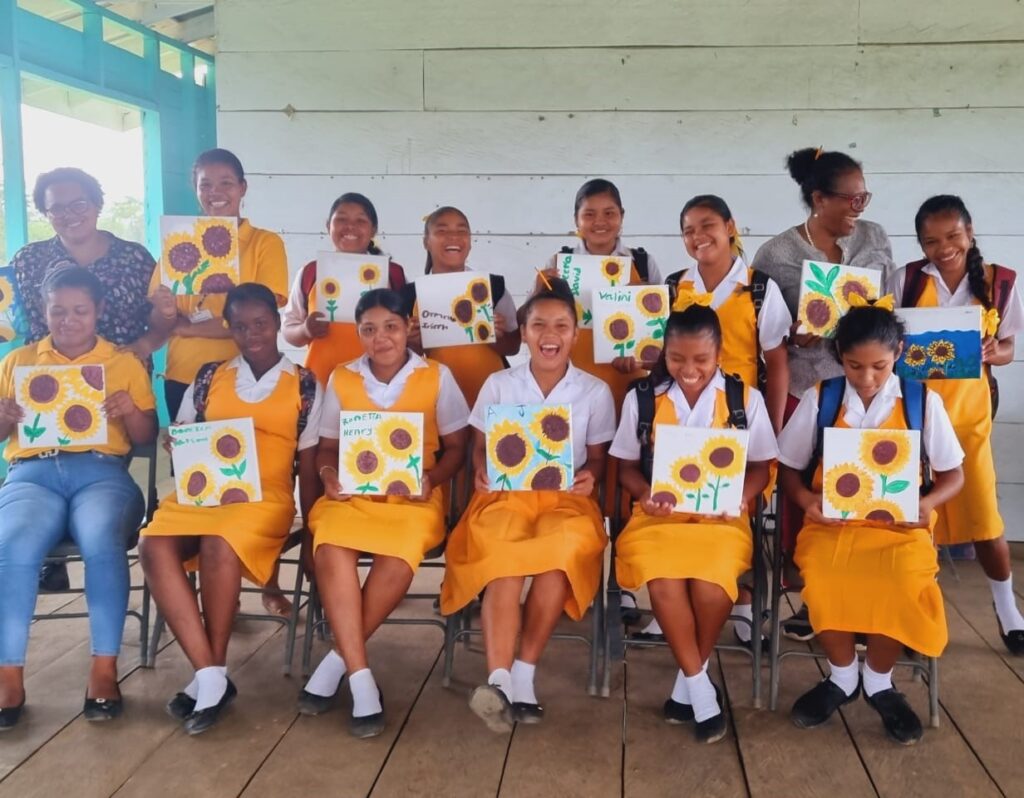
Through the JES project, Lisa and her team have hosted introductory sessions with women, young girls, and boys, where they discussed their understanding of violence, the resources needed to combat it, and ways to work together both individually and as a community to reduce its occurrence. These initiatives will continue to be carried out as the project progresses over the next three years.
Lisa Thompson’s own artistic work primarily focuses on pottery, which can be viewed on her Facebook page, Scarlet Ibis Pottery. She also creates paintings, mosaics, and tie-dye art.
Mursal Azizi, Freelance Graphic Designer
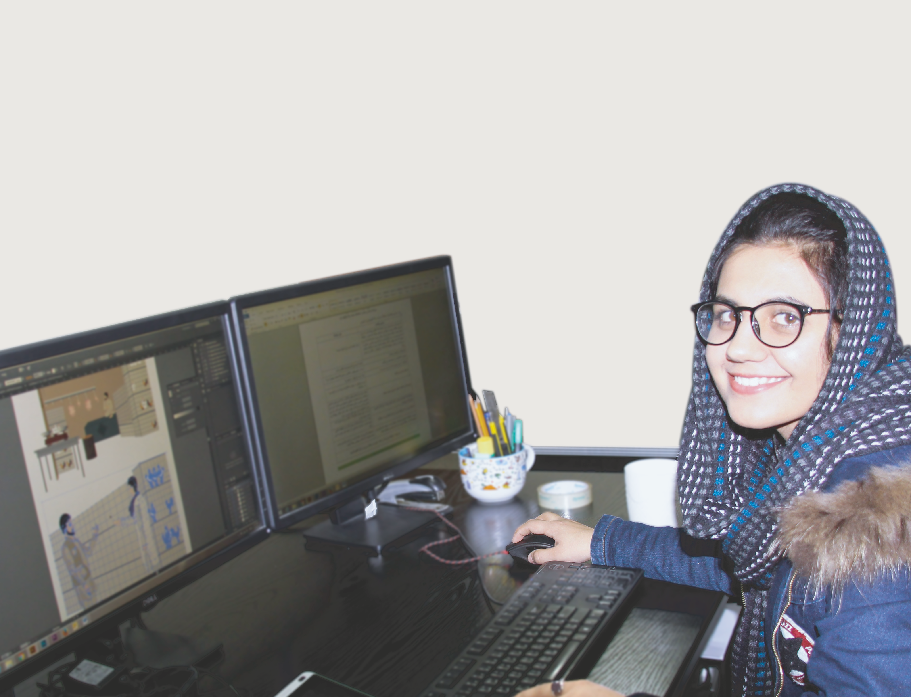
Mursal Azizi is an Afghan woman artist currently residing in Pakistan. As a professional graphic designer, her work adapts to the unique needs of her clients, but she is particularly passionate about collaborating with NGOs in the international cooperation sector. These organizations focus on areas she deeply cares about, including women’s empowerment, peace, development, and Afghanistan. Mursal holds a bachelor’s degree in graphic design from Kabul University and a master’s degree in digital animation from India.
Her creative expertise spans graphic design, animation, other art forms, and documentary filmmaking. Throughout her career, Mursal has applied her artistic skills to support various campaigns that promote human rights, gender equality, and international cooperation.
“I have worked as a graphic designer with CARD-F, a UK based organization, as an illustration specialist with a project called LITACA (Livelihoods Improvement in Tajik-Afghan Cross-Border Areas), a project of the UNDP [United Nations Development Programme], and as a contracted animator with the US Institute for Peace (USIP). I [have also] created two short animations for this project “solidarity” and “dream of peace” aimed to promote social peace building throughout Afghanistan.”Mursal Azizi, Graphic Designer
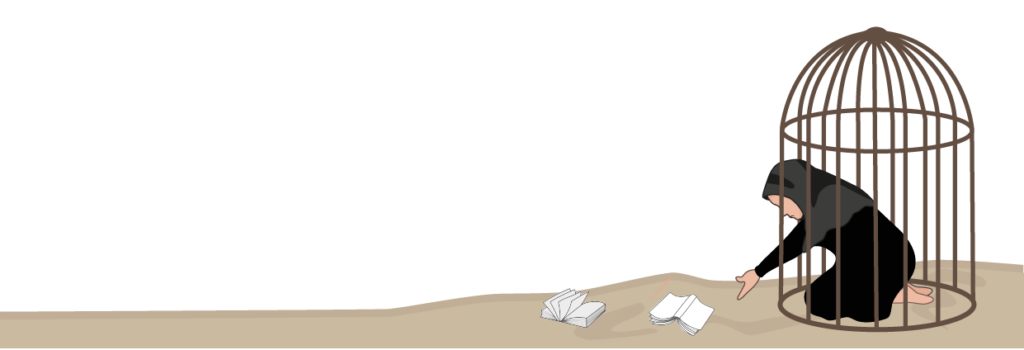
Mursal Azizi also created the artwork for CW4WAfghan’s campaign, which urges Canada’s higher education institutions to take action in supporting Afghan women impacted by the ban on women in higher education. She has contributed her designs to many other CW4WAfghan projects as well.
Currently working as a remote freelance graphic designer, Mursal faces challenges as a refugee in Pakistan, where she cannot access traditional employment. Freelancing remotely allows her to use her skills to support causes she cares about while also generating the income she needs.
Kasha Sequoia Slavner, Filmmaker
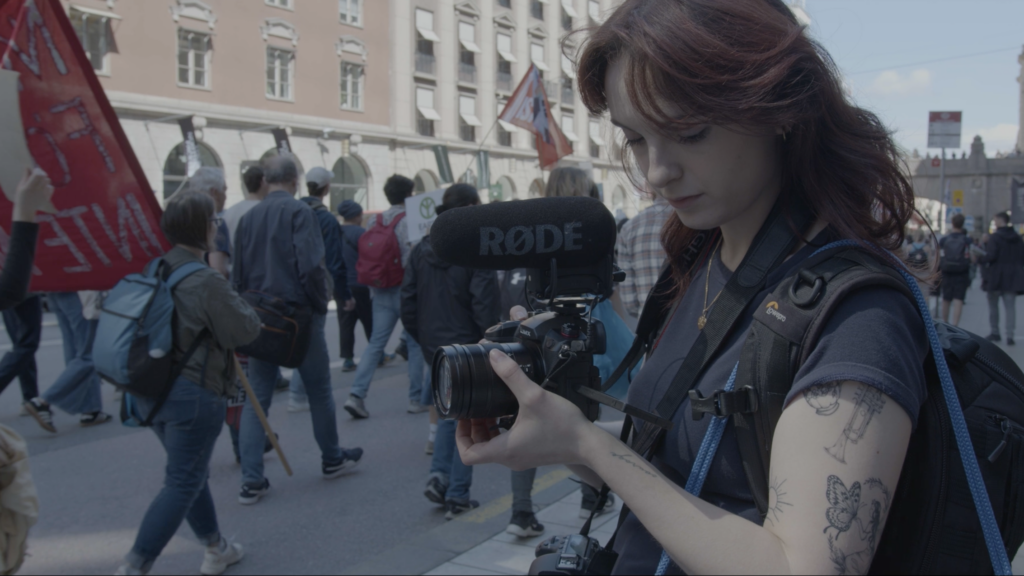
Kasha Sequoia Slavner is an award-winning Gen-Z filmmaker, photographer, entrepreneur, young global leader, and advocate for climate action and peace from Toronto, Canada. At just 14 years old, Kasha became involved with the Canadian Voice of Women for Peace (VOW). As a high school student, disillusioned by the negativity and sense of powerlessness she experienced as a consumer of mainstream media, Kasha was driven to seek an alternative narrative.
She founded the Global Sunrise Project, a social impact storytelling hub that creates media to inspire positive change. Currently, Kasha is working on a documentary called 1.5 Degrees of Peace, which aims to inspire a unified global movement for peace and climate justice.
[The documentary] will explore stories of young people, especially those most affected by climate change and conflicts, who are working to break down the silos between peace and climate justice movements. Their journeys to find positive solutions and hold leaders accountable, while challenging their own fears and anxieties, ignites courage within us to take action alongside them, and unify a movement for peace and climate justice for all1.5 Degrees of Peace Documentary Summary
Bertha Mukonda, Different Abilities & Youth Mental Health Specialist, VIDEA
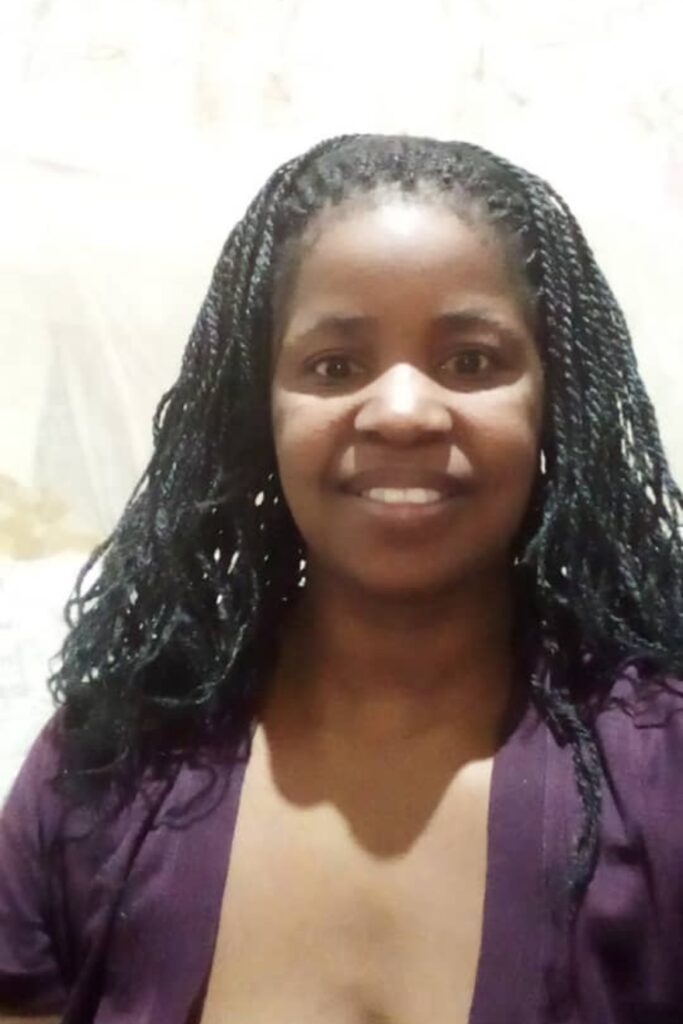
As VIDEA’s Different Abilities and Youth Mental Health Specialist, Bertha Mukonda is deeply committed to gender equality and creating inclusive spaces for young people with disabilities. She actively seeks out opportunities to engage with global issues, whether it’s through her studies as she works towards a Master’s in Special Education at the University of Zambia or through her involvement in international programs like the 2020 Spur Change Youth Champions Program and the Coady International Institute’s Women’s Leadership in Community Development program, among others. Additionally, Bertha is a gifted singer and spoken word poet.
Bertha has been an active participant in the Commission on the Status of Women’s (CSW) 65th and 66th sessions, representing BCCIC’s delegations. The CSW is the primary global intergovernmental body dedicated to promoting gender equality and empowering women.
Recognizing that forums like CSW can often be exclusive and inaccessible, Bertha worked to challenge this by bringing the rights of people with disabilities into the conversation. She created a spoken word poem focused on women’s empowerment as part of her involvement in the BCCIC delegation and shared her reflections from participating in CSW65.
Through her musical talents and spoken word poetry, Bertha uses her gifts to inspire, educate, and build community. She can often be found performing at VIDEA’s weekly global storytelling events.
Blackout Theatre
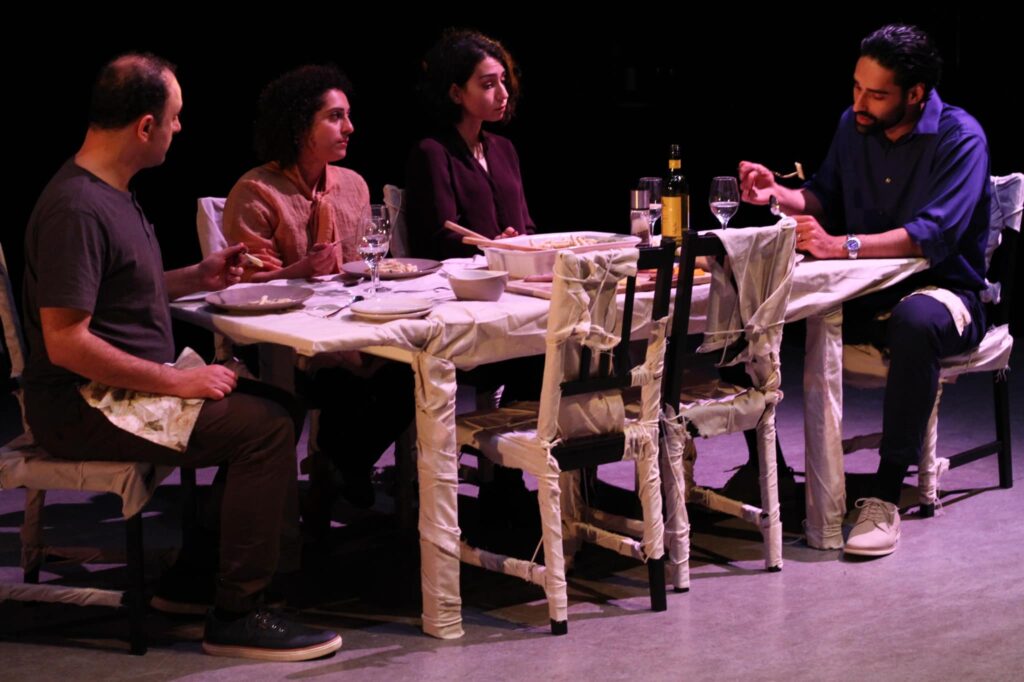
Blackout Theatre is dedicated to creating socially conscious, contemporary, and innovative performances that support emerging immigrant and refugee artists, while also shedding light on pressing social issues both locally and globally. Although their productions were traditionally in Persian, in recent years, they have expanded their offerings in English, aiming to introduce Persian theatre to wider audiences in British Columbia. This approach helps bridge cultural divides and fosters a greater understanding of Persian culture and its realities.
As a registered non-profit in BC, Blackout Theatre’s mission is “to create innovative and original theatre experiences that engage and invite people to think critically about their communities and inspire them to delve deeper into themselves.”
One of their key initiatives is the annual Strength Through Art Network Diversity (STAND) Festival in North Vancouver. This festival centers and amplifies the voices of immigrant and refugee artists, while also addressing important social issues related to race, class, and gender. The festival features a mix of dance, music, and theatre performances, alongside free workshops aimed at sharing knowledge and fostering community dialogue.
Arts for Social Change, GECCO & Global Citizens Events
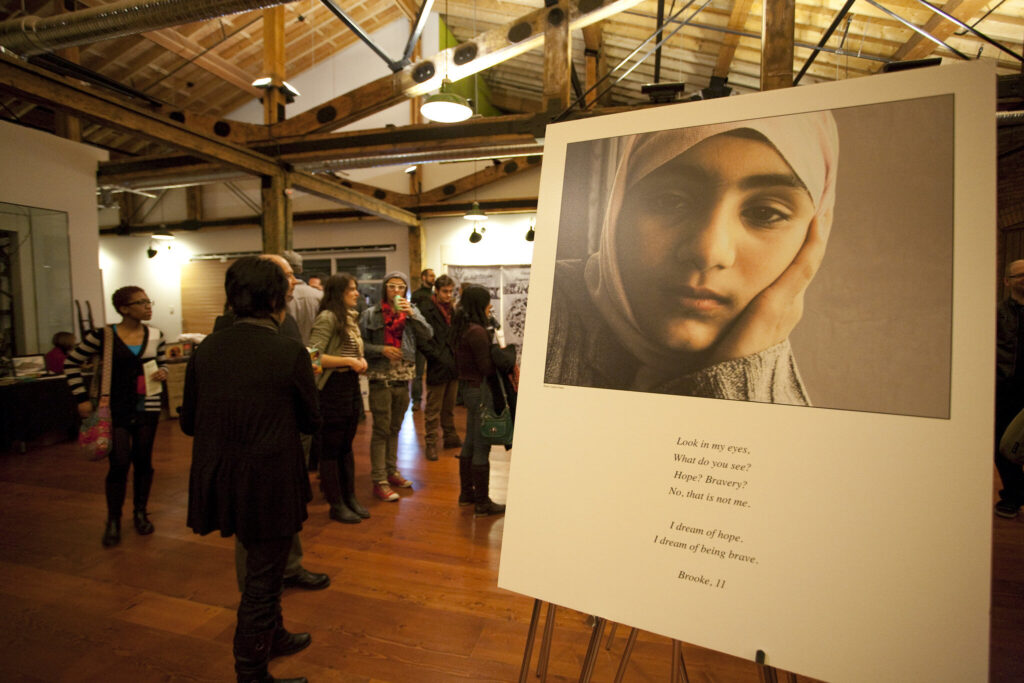
Arts for Social Change is an initiative based in Kelowna, led by Global Citizens Events and the Global Empowerment Coalition of the Central Okanagan (GECCO). It invites artists of all ages to create works that reflect or engage with one or more of the UN Sustainable Development Goals (SDGs). This long-standing tradition in Kelowna has historically focused on visual arts, but in recent years, it has expanded to include various other mediums such as music, voice, video, drama, poetry, spoken word, and textile arts.
The artwork created by community members is showcased at the Arts for Social Change public art exhibit at the Rotary Centre for the Arts, as well as at multiple other venues across the city. The exhibit serves as an accessible and creative way for the public to engage with social and environmental justice issues and encourages them to take action as global (and local) citizens.
The initiative invites artists of all levels—from professional community artists to young students—to connect the social and environmental justice issues they encounter with global goals through art.
This initiative is part of a larger youth-driven movement focused on positive and sustainable change, aimed at advancing people, planet, prosperity, peace, and partnerships in both our city and the wider world.
Next Season Project, MINAE & IISD

The Next Season project (2021) is an initiative by the Directorate of Climate Change of the Costa Rican Ministry of Environment and Energy (MINAE), in collaboration with the International Institute for Sustainable Development (IISD). The project has leveraged art to enhance climate change communications in Costa Rica, pushing these conversations to a new level.
This project explored the intersection of contemporary art and science, proposing innovative approaches to addressing climate change, adaptation, mitigation, and climate action. It aimed to “foster new language and aesthetics in artistic expressions that speak to the climate emergency” by facilitating eight artist residencies at some of the most prominent scientific centers in Costa Rica.
Next Season connected artists with organizations and researchers working on the climate crisis, allowing for collaboration between those with artistic and scientific expertise. This partnership resulted in the creation of artworks that challenge traditional thinking and offer new perspectives on climate and environmental issues. The artwork produced during the project was displayed at the Museum of Contemporary Art and Design (MADC), where it was visited by approximately 700 people.
“I believe that art is a wonderful vehicle for connecting emotions and for inspiring us. That is what we have sought to do so by combining the science, which is difficult to understand, with art. It’s like connecting the brain to the heart.”Andrea Meza Murillo,
Costa Rica’s Minister of Environment and Energy
Through their artwork, the artists posed urgent questions about the far-reaching impact of climate change on various aspects of life. “With their cross-disciplinary approaches, the eight pieces display different strategies to address the climate crisis, ranging from direct confrontation to a thought-provoking, poetic approach.”
Another key component of the project was the exhibition Next Season: Art and Science in the Face of the Climate Future. This exhibition merged the artists’ research interests with climate change data, lived experiences, and scientific information. The exhibit, along with the project as a whole, successfully engaged students at different educational levels in discussions and reflections on the climate emergency, providing an artistic perspective on this critical issue.
South-South Art Fellowship, Living Arts International
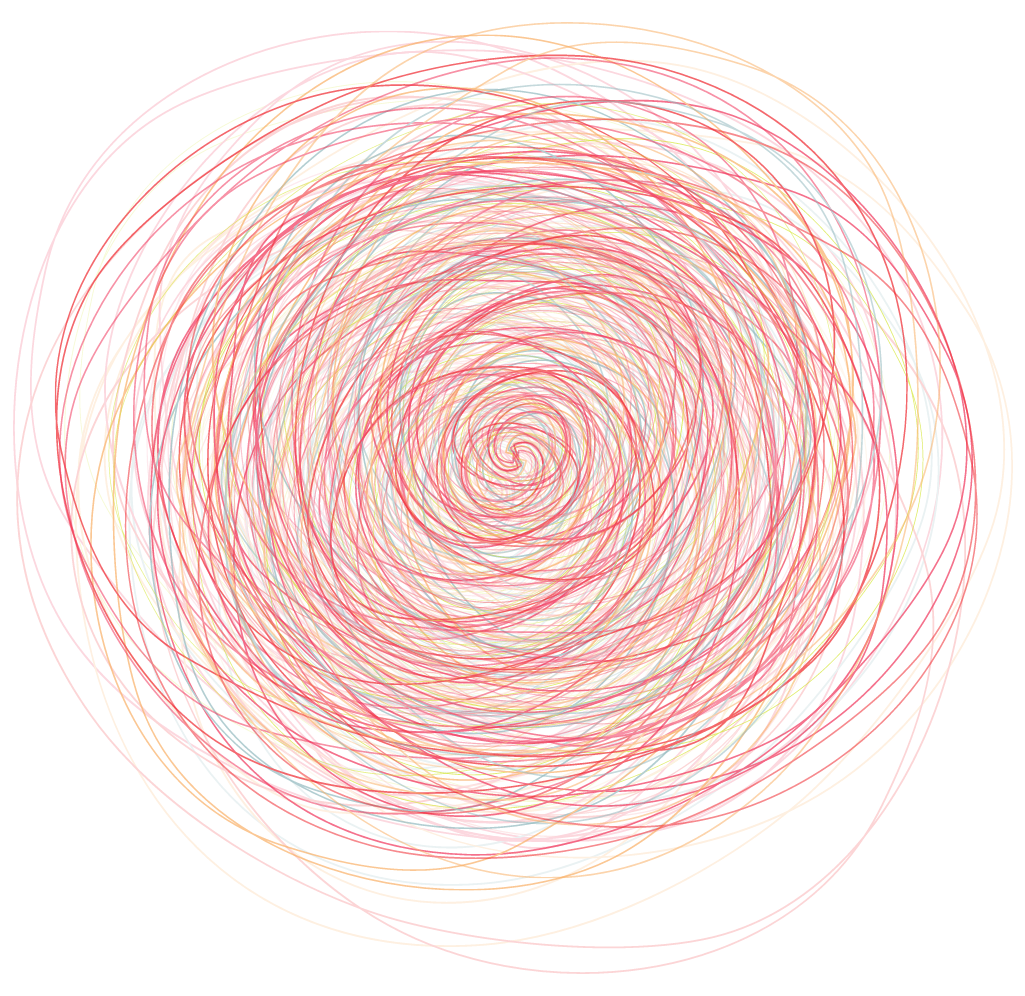
The South-South Arts Fellowships is an international arts initiative launched by Living Arts International (LAI) in 2022. The program aims to foster broader and deeper connections among cultural workers from the Global South. These Fellowships support initiatives that facilitate long-term professional networks, alliances, and collaborations among cultural workers in developing economies across Africa (including North Africa), Asia (including West and Central Asia), and the Pacific. Recognizing the limited support for South-South connectivity in arts, culture, and heritage, LAI created this fellowship to address the gap.
Despite the lack of infrastructure for South-South knowledge exchange within the arts, there is significant interest among cultural workers to connect with peers both regionally and across the Global South, driven by shared political, cultural, and socio-economic contexts. In response to this need, LAI developed the South-South Arts Fellowships to strengthen transnational cultural exchange.
LAI is a non-profit organization that connects Cambodian Living Arts (CLA) and the Mekong Cultural Hub (MCH), both of which have supported cultural workers in Cambodia, Southeast Asia, and beyond since 1998 and 2018, respectively.
Art2030, Inter-Council Network
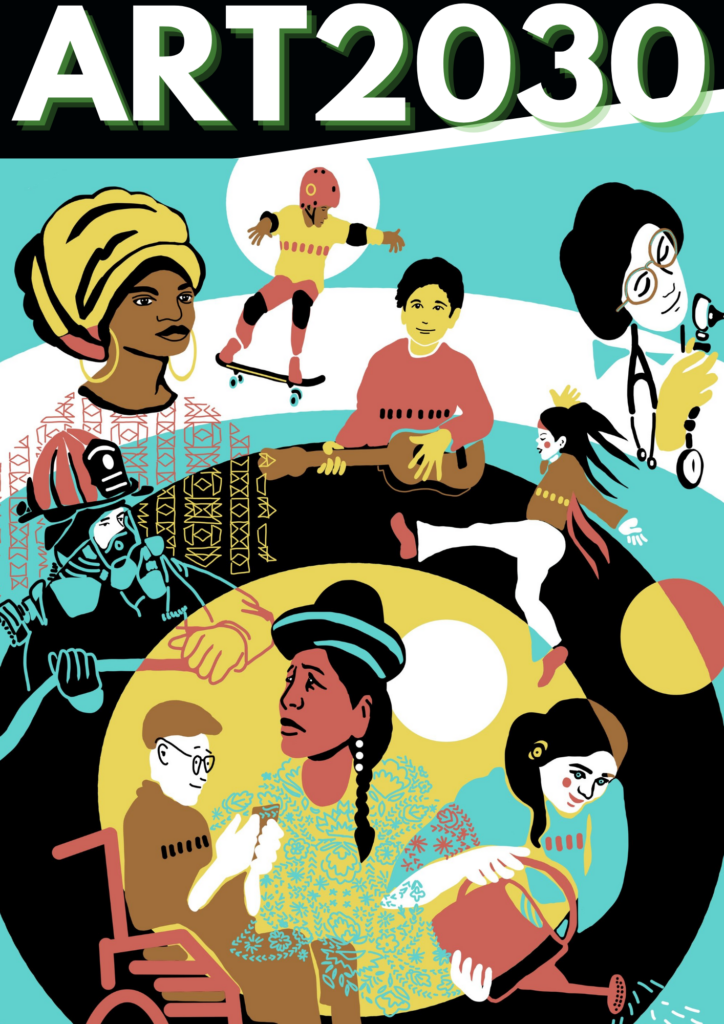
The Inter-Council Network’s Art2030 initiative brought together eight artists from diverse communities across Canada to produce a zine focused on SDG 10: Reduced Inequalities. The artists were asked two important questions: 1) What inequalities do you see in your communities? and 2) How do you think we can build a world with reduced inequalities?
The zine features a variety of artists, including beadwork artists, photographers, poets, designers, painters, and visual artists, representing various intersections of identity. Their works have been an inspiration to many. Through these creations, the zine aims to inspire change and plant seeds of transformation in individuals and communities.
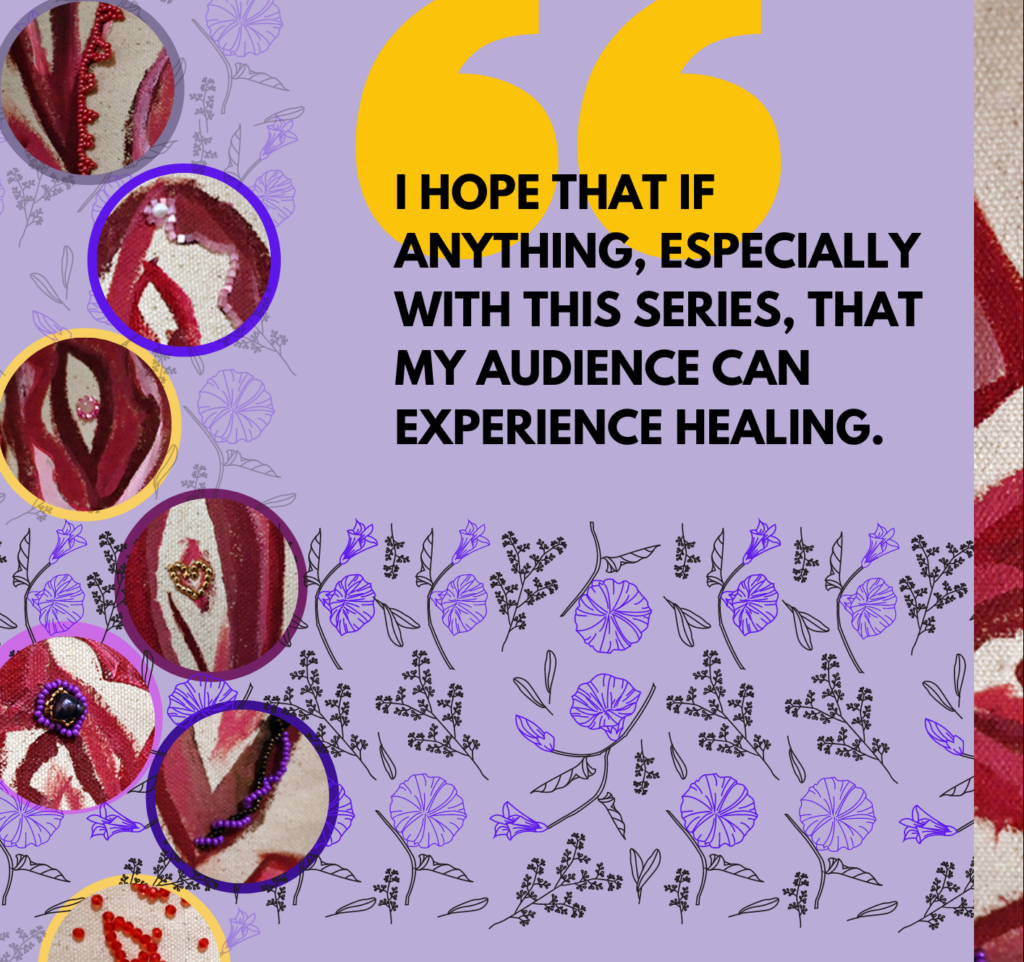
One of the artists featured in the zine is Stormy Bradley, of Tr’ondëk Hwëch’in and Norwegian ancestry. She has completed the foundations of art program at the School of Visual Arts in Dawson City, Yukon. Stormy is a multidisciplinary artist who blends traditional knowledge with contemporary techniques, using materials from the land in her work. Her art explores themes of identity, intersectional feminism, and decolonization.
Artists & Climate Change
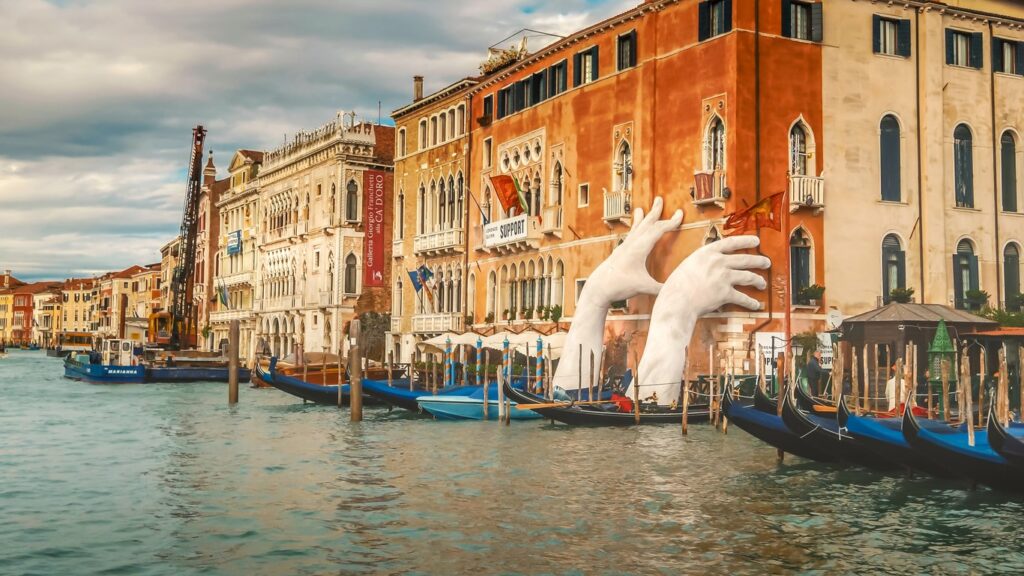
As outlined on their platform, Artists & Climate Change emerged from an article written in 2005 by Bill McKibben, the founder of 350.org, titled “What the Warming World Needs Now Is Art, Sweet Art.” McKibben pointed out that while we understood climate change intellectually, it hadn’t yet become a cultural issue. He asked, “Where are the books? The plays? The goddamn operas?” His point was that an intellectual grasp of the scientific facts was insufficient for driving meaningful change. To move forward, he argued, we needed to engage our imaginations, and that artists were uniquely positioned to help us do this.
Indeed, the world has seen a rich array of deeply engaged, thought-provoking, and artistically sophisticated responses to climate change across various creative fields. Whether in galleries, concert halls, or theaters, art has transformed the cold, hard facts of climate science into human emotions, creating personal, tangible connections to the issue. These artistic expressions serve as both reflections and catalysts for action, breaking down the vast, abstract challenge of climate change into smaller, more relatable components.
Art inspired by the climate crisis can now be found around the world, spanning various mediums and venues—from opera houses and rap battles to poetry slams, art galleries, theaters, and classrooms. Artists & Climate Change plays a vital role in this movement, serving as a blog that tracks and compiles such works globally. It is both a comprehensive study of ongoing artistic efforts and a valuable resource for those interested in exploring the intersection of art and climate action.
